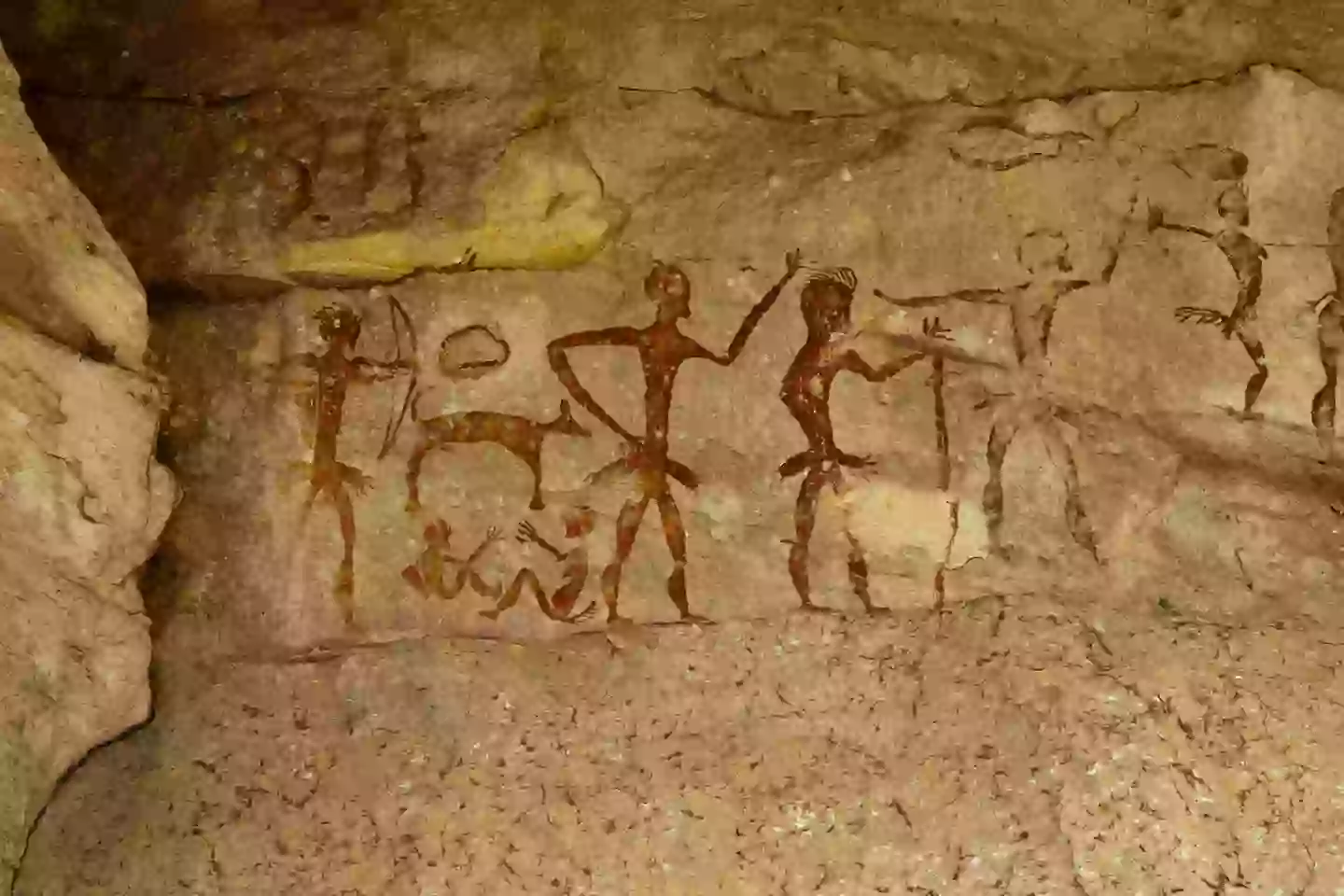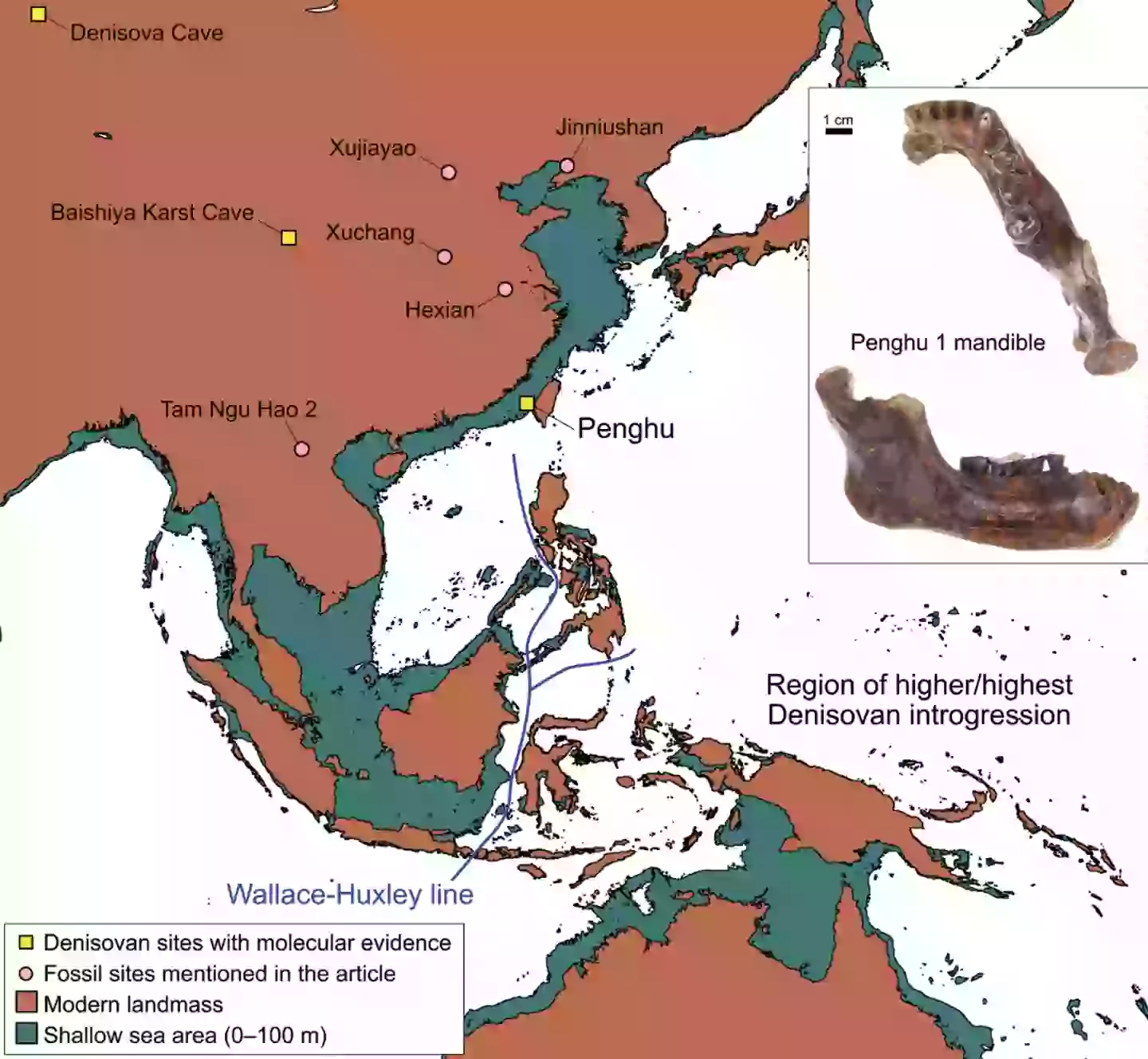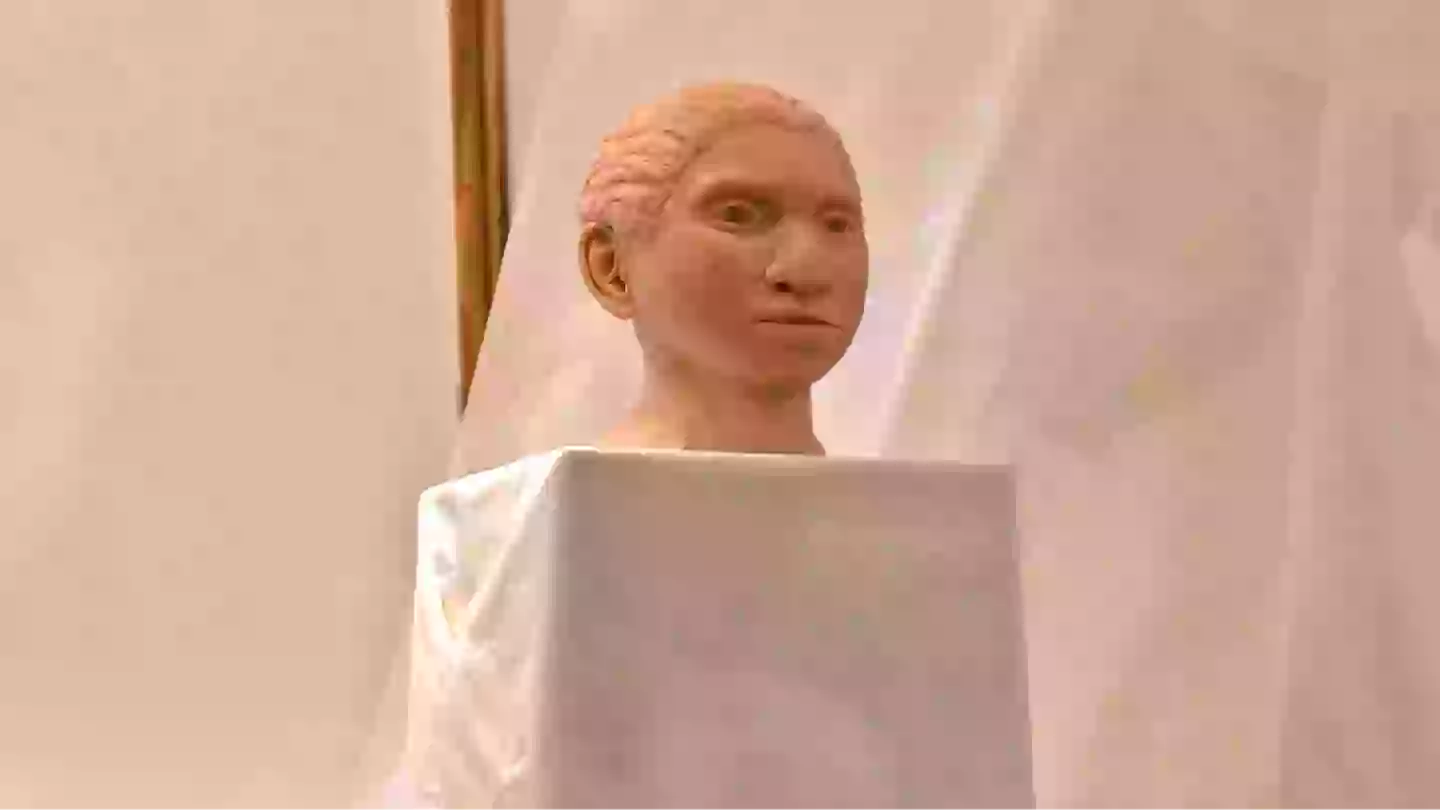A significant discovery has been made on the ocean floor in Taiwan: an ancient jawbone that sheds new light on a group of elusive human ancestors.
Exploring the stories of our human predecessors is always fascinating, as it unlocks mysteries about the world in ancient times.
Despite our modern understanding of the planet, scientists frequently unearth astonishing artifacts that offer fresh insights into our past.
In Taiwan, researchers have unearthed an ancient jawbone in the Penghu Channel. This jawbone is believed to belong to a primitive human group, which scientists only recently recognized as among those who interbred with early humans.
This helps to explain the existence of ancient individuals with parents from two distinct species.

The Denisovans, described as ‘very scarce’ and contemporaneous with Neanderthals and Homo sapiens, remain a largely enigmatic group, though recent discoveries are shedding more light on them.
The Independent reports that Denisovan fossils are sparse, consisting mostly of fragments like jawbones, teeth, and a single finger bone, making this latest find particularly noteworthy.
Following the initial submission of the jawbone for verification, scientists from Taiwan, Japan, and Denmark successfully extracted protein sequences from an earlier discovered incomplete jawbone, confirming its origin from a Denisovan male.
Frido Welker, an associate professor at the University of Copenhagen and a co-author of the study, stated (via CNN): “We’ve determined and shown over the past couple of years that these proteins can survive longer than DNA does, and that if we have decent recovery, we can say something about the evolutionary ancestry of a specimen.”
Moreover, experts have identified protein sequences that match those of a Denisovan fossil found in Siberia.

Zhang Dongju, an archaeologist at Lanzhou University in China, commented: “With the accumulation of Denisovan fossils and the increase of Denisovan-specific molecular signature identified, identification of Denisovan fossils will be easier.
“And I believe more Denisovan fossils will be found and identified in [the] future. And we will know more about this mysterious species.”
Despite this important discovery, experts caution that many questions remain unanswered. Additional research is necessary to fully understand these findings.
Ryan McRae, a paleoanthropologist at the Smithsonian National Museum of Natural History, mentioned to CNN: “Neither mandible has a chin, like modern humans do, so the front of their jawline would probably look flatter than ours.
“The authors wisely point out that the Penghu mandible is male, which means that it may exhibit the larger, more robust end of variation for this species. In other words, female Denisovans could look the same, or quite different, we just don’t know yet.”
For more detailed findings, refer to the journal Science.

